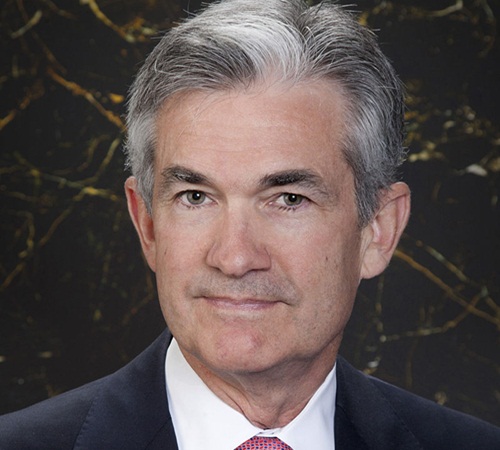The Federal Open Markets Committee (FOMC) of the US Federal Reserve at its meeting on Wednesday decided to raise the target range for the federal funds rate to 2.25 per cent to 2.50 per cent, in view of the realised and expected labor market conditions and inflation.
Wednesday’s rate increase, the fourth of the year, pushed the central bank’s key overnight lending rate to a range of 2.25 per cent to 2.50 per cent.
During a news conference after the release of the policy statement, Fed chairman Jerome Powell said the central bank would continue trimming its balance sheet by $50 billion each month, and left open the possibility that continued strong data could force it to raise rates to the point where they start to brake the economy’s momentum.
Fed policymakers’ median forecast puts the federal funds rate at 3.1 per cent at the end of 2020 and 2021, according to the projections.
That would leave borrowing costs just above policymakers’ newly downgraded median view of a 2.8 per cent neutral rate that neither brakes nor boosts a healthy economy, but still within the 2.5 per cent to 3.5 per cent range of Fed estimates for that rate.
In doing so the Fed seems to have ignored weeks of market volatility and calls by President Donald Trump to stop raising interest rates by the US central bank. Instead it stuck to a plan to keep withdrawing support from an economy it views as strong.
FOMC said, in determining the timing and size of future adjustments to the target range for the federal funds rate, the Fed would assess realised and expected economic conditions relative to its maximum employment objective and its symmetric 2 per cent inflation objective.
This assessment will take into account a wide range of information, including measures of labor market conditions, indicators of inflation pressures and inflation expectations, and readings on financial and international developments.
With the Fed signaling “some further gradual” rate hikes and no break from cutting its massive bond portfolio, US stocks and bond yields fell hard.
Powel said the US economy continues to perform well and no longer needs the Fed’s support either through lower-than-normal interest rates or by maintaining of a massive balance sheet. “Policy does not need to be accommodative,” he said.
In its statement, the Fed said risks to the economy were “roughly balanced” but that it would “continue to monitor global economic and financial developments and assess their implications for the economic outlook.”
The Fed also made a widely expected technical adjustment, raising the rate it pays on banks’ excess reserves by just 20 basis points to give it better control over the policy rate and keep it within the targeted range.
The Fed has been raising rates to reduce the boost that monetary policy gives to the economy, which is growing faster than what central bank policymakers view as a sustainable rate.
The benchmark S&P 500 index tumbled to a 15-month low, extending a streak of volatility that has dogged the market since late September. The index is down nearly 15 per cent from its record high.
Benchmark 10-year Treasury yields fell as low as 2.75 per cent, the lowest since April 4.























